-
 bitcoin
bitcoin $121833.232455 USD
-0.63% -
 ethereum
ethereum $4394.437030 USD
-2.00% -
 tether
tether $1.000570 USD
0.04% -
 bnb
bnb $1255.553465 USD
-3.73% -
 xrp
xrp $2.814944 USD
-1.59% -
 solana
solana $221.835346 USD
-2.40% -
 usd-coin
usd-coin $0.999869 USD
0.01% -
 dogecoin
dogecoin $0.249495 USD
-1.32% -
 tron
tron $0.336905 USD
-1.24% -
 cardano
cardano $0.816464 USD
-1.69% -
 chainlink
chainlink $22.130946 USD
-1.27% -
 hyperliquid
hyperliquid $44.208522 USD
-3.46% -
 ethena-usde
ethena-usde $1.000521 USD
0.02% -
 sui
sui $3.422897 USD
-2.51% -
 stellar
stellar $0.380164 USD
-1.31%
how to query blockchain
One can utilize blockchain explorers, such as Blockchain.com or Etherscan, to query blockchain data by connecting to the network, searching for transactions or blocks, and examining their details and encoded data for further analysis.
Oct 13, 2024 at 08:41 am

How to Query a Blockchain
1. Choose a Blockchain Explorer
A blockchain explorer is a tool that allows you to view and interact with blockchain data. There are many different blockchain explorers available, each with its own strengths and weaknesses. Some of the most popular blockchain explorers include:
- [Blockchain.com](https://www.blockchain.com/)
- [Etherscan](https://etherscan.io/)
- [Blockcypher](https://www.blockcypher.com/)
- [Insight](https://insight.bitpay.com/)
2. Connect to the Blockchain
Once you have chosen a blockchain explorer, you need to connect to the blockchain. This can be done by entering the blockchain's address into the explorer's search bar.
3. Find the Transaction or Block You Want to Query
Once you are connected to the blockchain, you can start querying it for information. To find the transaction or block you want to query, you can use the explorer's search bar.
4. View the Transaction or Block Data
Once you have found the transaction or block you want to query, you can view its data. This data includes the following information:
- Transaction hash: A unique identifier for the transaction.
- Block hash: The hash of the block in which the transaction is included.
- Timestamp: The time at which the transaction was created.
- From address: The address of the sender of the transaction.
- To address: The address of the recipient of the transaction.
- Amount: The amount of cryptocurrency that was transferred in the transaction.
- Transaction fee: The fee that was paid to the miners to process the transaction.
5. Decode the Transaction Data
If the transaction data is encoded, you can use a tool like [the Bitcoin Decoder](https://decoder.bitcoin.com/) to decode it. This will make it easier to understand the transaction data.
6. Analyze the Transaction Data
Once you have decoded the transaction data, you can start to analyze it. This may involve looking for patterns or relationships in the data.
7. Conclusion
Querying a blockchain is a relatively simple process. By following these steps, you can easily find and analyze blockchain data.
Disclaimer:info@kdj.com
The information provided is not trading advice. kdj.com does not assume any responsibility for any investments made based on the information provided in this article. Cryptocurrencies are highly volatile and it is highly recommended that you invest with caution after thorough research!
If you believe that the content used on this website infringes your copyright, please contact us immediately (info@kdj.com) and we will delete it promptly.
- Antalpha, Financing, and Tether Gold: A New York Perspective on the Digital Gold Rush
- 2025-10-10 20:45:16
- BlockDAG, Formula 1, and Mining: A Fast Track to Crypto Success?
- 2025-10-10 21:05:17
- Altcoin Season Fuel Flow: $5.95B Injects Optimism Amidst Digitap's Rise
- 2025-10-10 20:25:17
- Financing, Treasury, and Wealth Signs: Decoding the Latest Moves in the Crypto and Digital Asset Space
- 2025-10-10 20:45:16
- Pi Network, Story Protocol, BlockDAG F1: Crypto's Latest Buzz
- 2025-10-10 20:50:01
- Zcash, Privacy Coins, and Surveillance: A New Era of Anonymity?
- 2025-10-10 20:25:17
Related knowledge
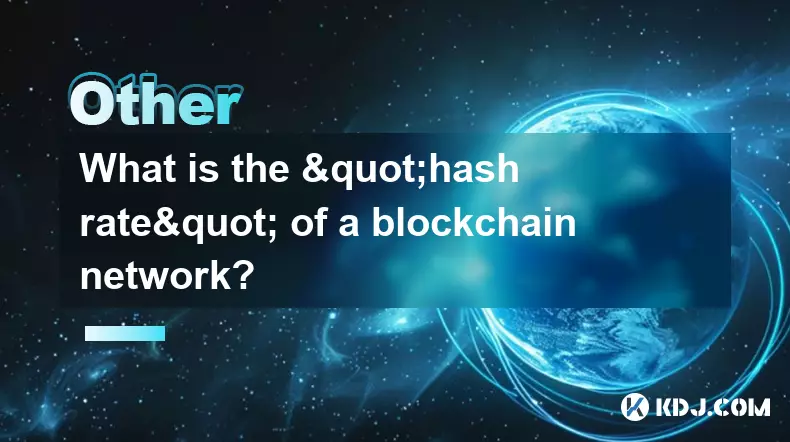
What is the "hash rate" of a blockchain network?
Oct 10,2025 at 03:55pm
Understanding Hash Rate in Blockchain Networks1. The hash rate refers to the total computational power being used to process transactions and mine new...
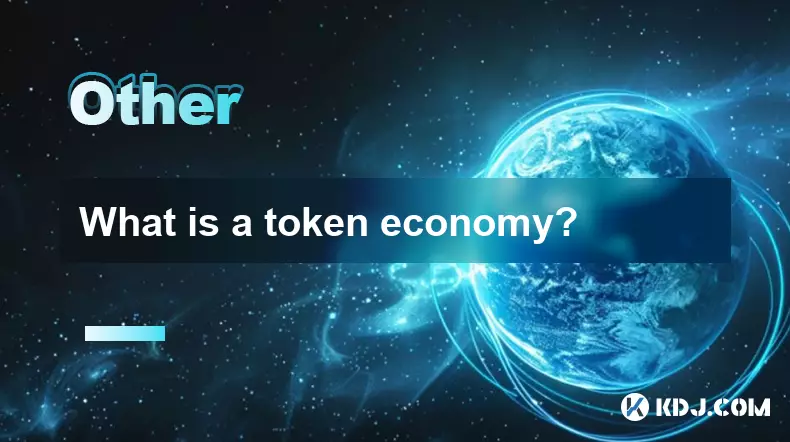
What is a token economy?
Sep 20,2025 at 12:18am
Understanding the Foundations of a Token Economy1. A token economy in the context of cryptocurrency refers to a system where digital tokens are used a...
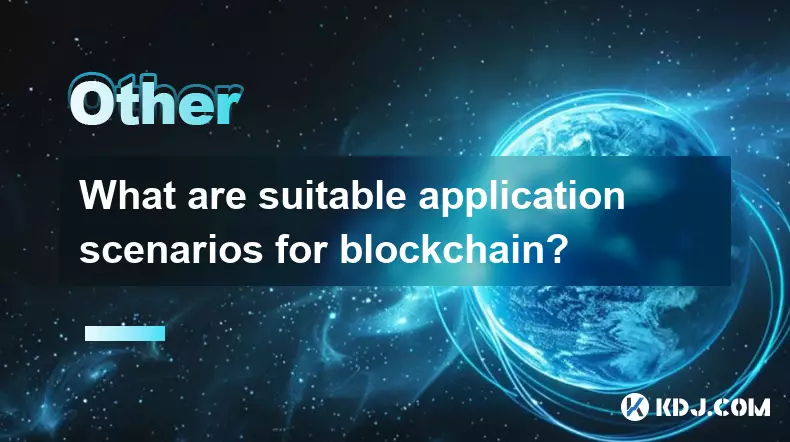
What are suitable application scenarios for blockchain?
Sep 20,2025 at 03:19am
Decentralized Finance (DeFi) Platforms1. Blockchain enables the creation of financial services without centralized intermediaries, allowing users to l...
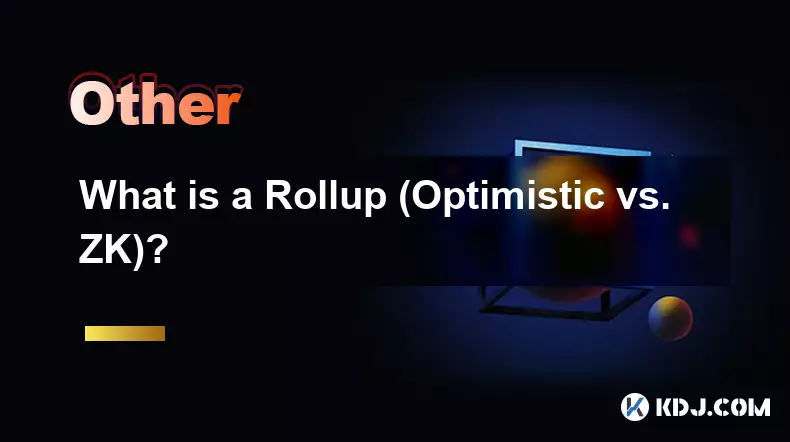
What is a Rollup (Optimistic vs. ZK)?
Sep 22,2025 at 03:00pm
Understanding Rollups in Blockchain Technology1. Rollups are layer-2 scaling solutions designed to increase transaction throughput on blockchains like...
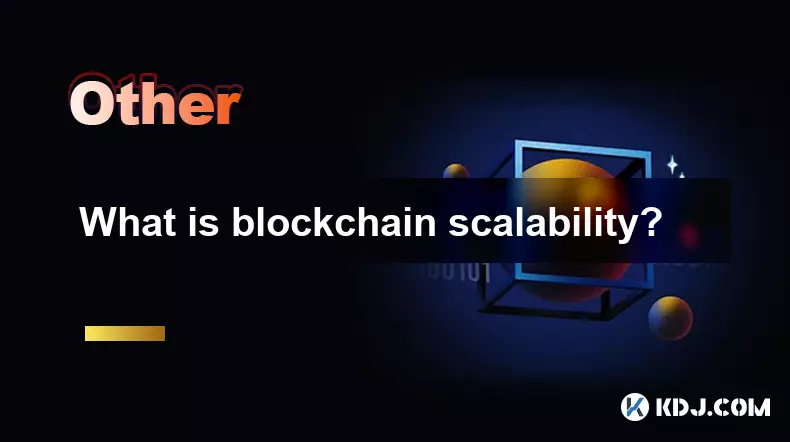
What is blockchain scalability?
Sep 19,2025 at 06:18am
Understanding Blockchain Scalability1. Blockchain scalability refers to a network's ability to handle an increasing number of transactions without com...
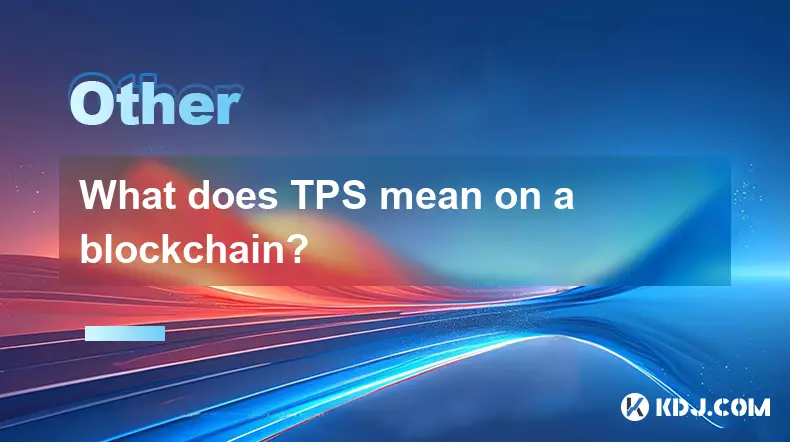
What does TPS mean on a blockchain?
Sep 21,2025 at 09:54am
Understanding TPS in Blockchain Technology1. TPS stands for Transactions Per Second, a metric used to measure the number of transactions a blockchain ...

What is the "hash rate" of a blockchain network?
Oct 10,2025 at 03:55pm
Understanding Hash Rate in Blockchain Networks1. The hash rate refers to the total computational power being used to process transactions and mine new...

What is a token economy?
Sep 20,2025 at 12:18am
Understanding the Foundations of a Token Economy1. A token economy in the context of cryptocurrency refers to a system where digital tokens are used a...

What are suitable application scenarios for blockchain?
Sep 20,2025 at 03:19am
Decentralized Finance (DeFi) Platforms1. Blockchain enables the creation of financial services without centralized intermediaries, allowing users to l...

What is a Rollup (Optimistic vs. ZK)?
Sep 22,2025 at 03:00pm
Understanding Rollups in Blockchain Technology1. Rollups are layer-2 scaling solutions designed to increase transaction throughput on blockchains like...

What is blockchain scalability?
Sep 19,2025 at 06:18am
Understanding Blockchain Scalability1. Blockchain scalability refers to a network's ability to handle an increasing number of transactions without com...

What does TPS mean on a blockchain?
Sep 21,2025 at 09:54am
Understanding TPS in Blockchain Technology1. TPS stands for Transactions Per Second, a metric used to measure the number of transactions a blockchain ...
See all articles










































































